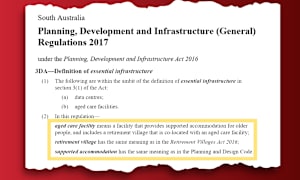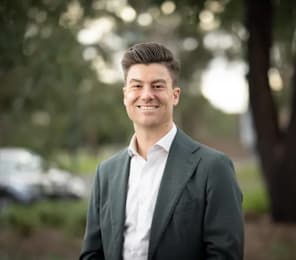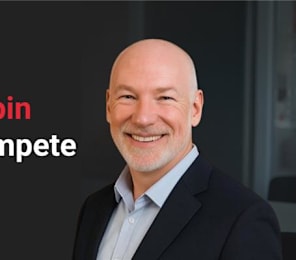Executive Director Daniel Gannon told The Source he is winning traction in securing the retirement living sector's involvement in the Australian Government's bid to create social and affordable housing.
He is telling the Government that the retirement village sector will cut the expected 200,000 housing shortfall by a third if it is added to the $10 billion Housing Australia Future Fund, the dedicated investment vehicle providing additional funding to support and increase social and affordable housing.
His argument is based on the PwC Property Council Retirement Census which shows the sale price of two-bedroom village ILUs (Independent Living Units) is 52% of the median house price within the same postcode. The Retirement Living Council (RLC) is telling the government this is affordable housing.
“Between now and 2030, the retirement industry requires 67,000 homes to be built to meet existing levels of demand from older Australians. Of this amount, only 18,000 are currently planned. These 67,000 homes would represent 6% of the 1.2 million new homes target, meaning retirement communities can help the government solve Australia’s housing supply problem,” Daniel said.
He added the RLC is not asking for cash but official recognition in the target.
“If we can do that, which of course then motivates and incentivises the state governments to get on board, then we think that we can unleash more homes. Given there are 300,000 more over 75-year-olds by 2040, given there’s more than 200,000 over 75-year-olds living in what are presumed to be oversized dwellings, we think it’s a win-win for consumers and the government.”
He said the RLC was lobbying state governments “to identify council areas that were undersupplied with retirement communities to establish minimum land allocations in greenfield master plan settings for retirement – in much the same way we do for social and affordable housing.”










